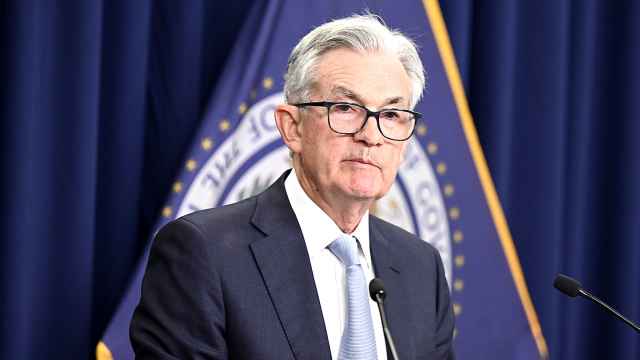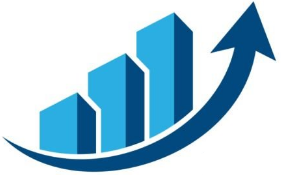
The US Federal Reserve is ready to take another radical step in the fight against high inflation. Markets are again expecting a 0.75 percentage point rate hike at the next meeting, and central bank governors have made it clear they will not disappoint their expectations.
But the slightly more distant future is shrouded in fog, the path to a “soft landing” of the economy is becoming increasingly narrow: the Fed has to balance the risks associated with another inflation peak and the growing likelihood of a recession.
If the federal funding rate is increased on Wednesday by 0.75 percentage points, as at the June meeting, it will reach 2.25–2.5%. Fed managers assess this level as neutral in the long term.
But a series of hikes are planned for the future, but the Fed’s task is made more difficult given the emerging signs of financial problems among consumers and still cautious forecasts that the worst of the recent inflation shock is over. Ian Shepherdson, Chief Economist Pantheon Economicsspeaks:
They have been trying to regain control of the news picture over the past few months, having been criticized both for being too late to raise rates and for being too late to recognize the excellent state of the economy. But if they keep hammering [по 0,75 п. п.] and by fall, I’ll really start to worry that they’re going to overdo it.
The Fed’s willingness to raise rates quickly and strongly early in its tightening cycle stems from its desire to cool the economy as quickly as possible and limit inflation expectations. But despite new inflation records, business activity is already slowing, several large companies have postponed hiring plans or even announced layoffs, and the overheated housing market has begun to sag noticeably (30-year fixed-rate mortgages are now issued at 6% versus 3%). % at the beginning of the year, as a result, with housing prices still high, its availability fell to the level of 2006, notes JPMorgan).
Oil and other commodity prices have fallen from peaks in recent weeks, which should ease inflationary pressures. But this is offset by rising prices for rental housing and other services.
Many economists are already predicting a recession in six months to a year. The booming labor market has also started to slow down, and unemployment is expected to eventually rise, rising closer to 5% from the current 3.6%.
Official forecasts do not yet include the possibility of a recession, but many, including Fed Chairman Jerome Powell, acknowledge that the road to a “soft landing” has narrowed significantly. “Risks to the economic outlook are, in my view, becoming two-sided, but the Fed’s rhetoric remains essentially one-sided, tied primarily to inflation,” said Brian Sack, director of global economics. OF Shaw and a former senior Fed official. “Until now, the Fed’s hawkish rhetoric and aggressive rate changes have been productive, but next we will need to move to more balanced rhetoric and a slower pace of policy tightening.”
Former Atlanta Fed President Dennis Lockhart says not everything is under the Fed’s control (for example, it can’t influence breaks in international supply chains), so there is a risk that it will go too far:
The causes of inflation, which they try to suppress with monetary policy instruments, are non-monetary in nature. In such a situation, there is a temptation to act harsher.
The next Fed meeting will take place in September, when, as expected, the Central Bank may again resort to an increase of 0.75 percentage points or act more restrained, raising the rate by 0.5 percentage points. By the end of the year, it is projected to be at the level of less than 3.5%.
The Fed’s task becomes more difficult as consumers struggle with rising borrowing costs and a recession looms on the horizon, said Diana Swank, chief economist. KPMG.

